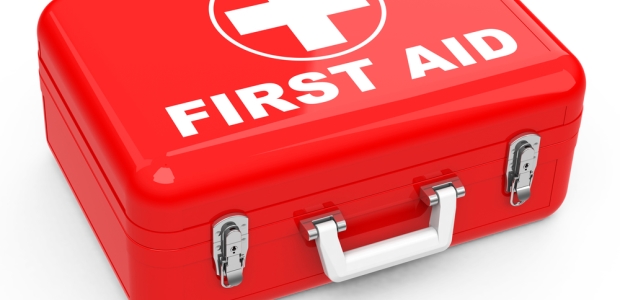
By Michael Adel
With such a broad description for OSHA first aid compliance, the responsibility of defining the various components of first aid response and preparedness lies solely on the employer.
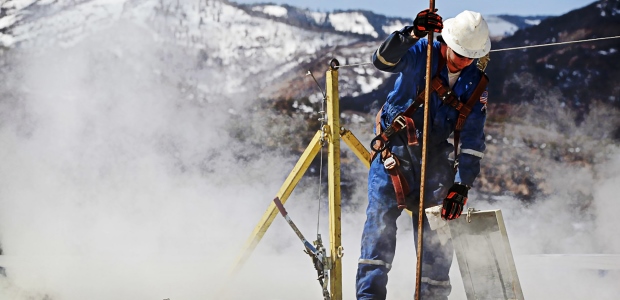
By Mary Padron
Some injuries you can't forget.

By Walter Leclerc
Stakeholders' concerns range from asbestos and lead-based paint typically found in older and/or legacy data centers to fire-resistant clothing, contractor and construction management, elevated work such as portable and fixed ladders, and rooftop maintenance.

By Steve Bonino
Carbon dioxide gas detectors can utilize an automated background calibration program to set the clean air level on a regular basis.

By Steve Nash
Underfoot comfort needs to be the first consideration when choosing your next pair of safety boots.
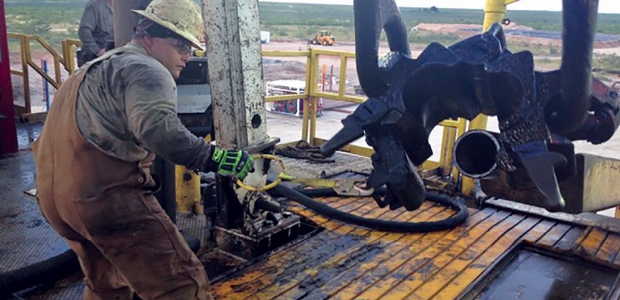
By Shahram Vatanparast
Training, communication, on-the-job coaching, and employees' involvement are key components to keeping hand safety awareness top of mind.

By Erica Osley
Recent changes to ANSI/ISEA Z308.1 are a holistic shift in our nation's approach to occupational injury preparedness.
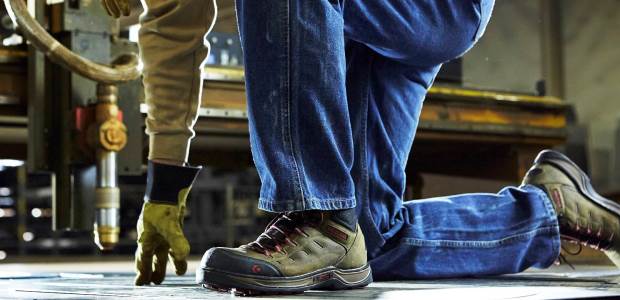
By Roger Huard
Not all occupational footwear that is protective involves formal ASTM ratings and testing procedures. Three of the most important of these are waterproof, insulated, and slip-resistant footwear.

By Steven Chang
In order for this transition to take place, companies cannot pick and choose which safety procedures to enforce—consistency is key.
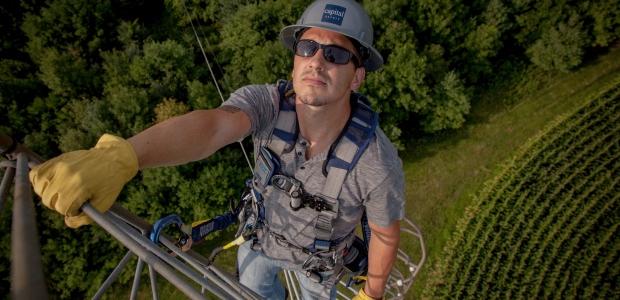
By Tim Thompson
Here's how companies can improve workers' safety harness compliance.

By Jerry Laws
The OSHA mandatory standard specifies both eye protection and protective clothing for welders.

By Jon Hommes
For this manufacturer of organic chemicals operating many smaller processes, a single centralized thermal oxidizer system was the most cost-effective path to expand production while meeting new emission controls requirements.

By Paul Simonetta
EPA has made checklists available to the regulated community, including the associated guidance regarding abandoned CCPs.
By Jerry Laws
A spokesman for HSE said, "By law, employers must take reasonable steps to protect workers—this is as true on a film set as a factory floor."
By Robert Pater
Set your own and others' expectations that cultural change is a process.
By Shawn M. Galloway
Commitment, caring, cooperation, and coaching can all be observed. If employees do not see progress in these four areas, the safety culture will never grow toward excellence.